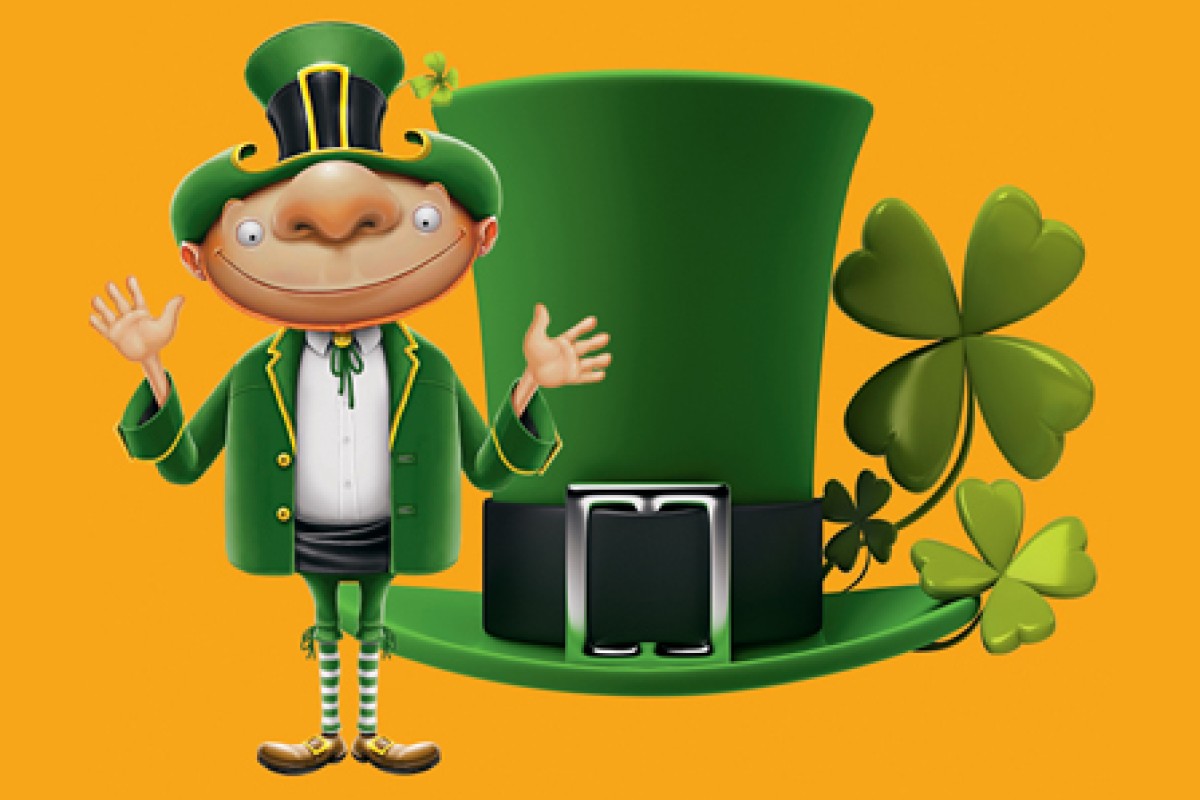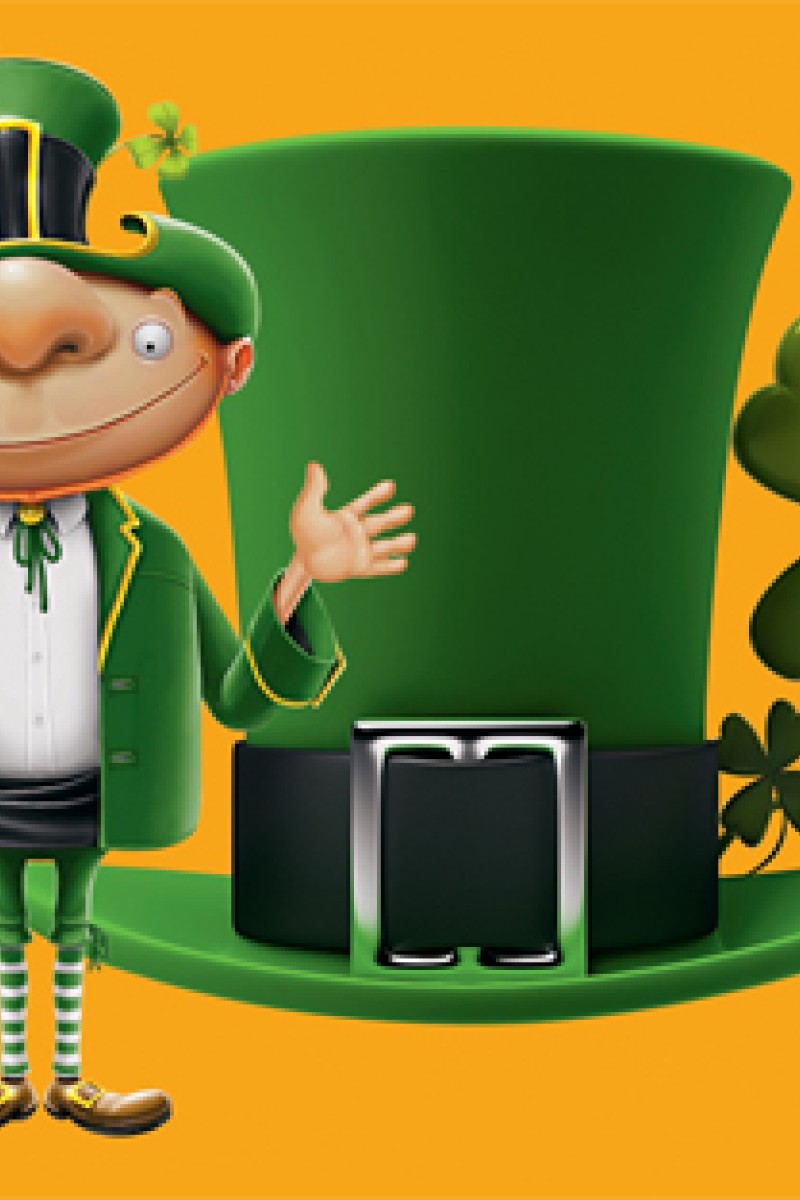
The public holiday remembers Ireland's patron saint and is celebrated by Irish people the world over. People hold parades and parties in cities which have many Irish immigrants, including those in Britain, Canada, the United States, Australia, New Zealand, South Korea and Japan. Americans especially love St Patrick's Day, and held the first celebration there in Boston, Massachusetts, in 1737.
It is probably the most widely celebrated saint's day of them all. It's definitely the day when folks traditionally dress in green clothes, Ireland's national colour, and wear a shamrock - the three-leafed clover that is the nation's symbol.
People often celebrate by going to church, holding parades and then going to parties where they can take part in a jig or reel - a fast dance for couples - to lively folk music, tell great stories, and drink litres of green drinks and, for some reason, pinch their friends. Ouch!
People used to believe that wearing green on St Patrick's Day made them invisible to fairies or leprechauns - little men with magic powers. These wee folk would pinch people, so those not wearing green are just asking for a tweak.
People think green is Ireland's national colour because the whole land is green with rich grasses. But actually "St Patrick's blue" used to be the official colour. Green became associated with the Gaelic traditions of Ireland and the Catholics, and, in fact around 1776, wearing green was outlawed.
Now on St Patrick's day, girls wear green ribbons in their hair, and people wear shamrocks on their coat lapels. People drink green beer, and in some places, especially in America, the town's rivers are dyed green.
Saint Patrick (387-461) is the patron saint of Ireland, but he was actually born in Roman Britain. He was kidnapped by the Welsh when he was a teenager. He escaped from his captors, and became a priest. But later he dreamed the Irish were calling to him, begging him to tell them about Christianity, so he went to Ireland to be a missionary.
At the time, the local religion was pagan, run by priests called druids. They were not happy about St Patrick's idea of converting so many powerful people to a rival religion and plotted to have him killed. But he managed to escape.
There are many customs and stories associated with St Patrick. One is that he used a shamrock to explain the idea of the Holy Trinity.
The Holy Trinity is the concept that God is made up of three parts: God the Father, God the Son and God the Holy Spirit. It was a difficult thing for people to understand.
St Patrick would show them the shamrock, which grows like grass, and explain that even though it had three leaves, it was only one shamrock. (Normally clover has three leaves; it's seen as very, very lucky to find one with four leaves.)
Through his preaching, St Patrick brought literacy to Ireland. Before his time, stories of history were told from generation to generation. But with the new religion came texts and books, and the need to read.
People had observed St Patrick's Day since around the 10th century, but it was never an easy holiday to celebrate because it falls in the Christian period of Lent. During Lent, Christians give up fun things like parties. Nowadays, people are given special permission from their churches to take a break from Lent and enjoy St Patrick's Day.
Now you know a little more about this celebration, put on something green, pin on a shamrock, and pretent to be Irish.
